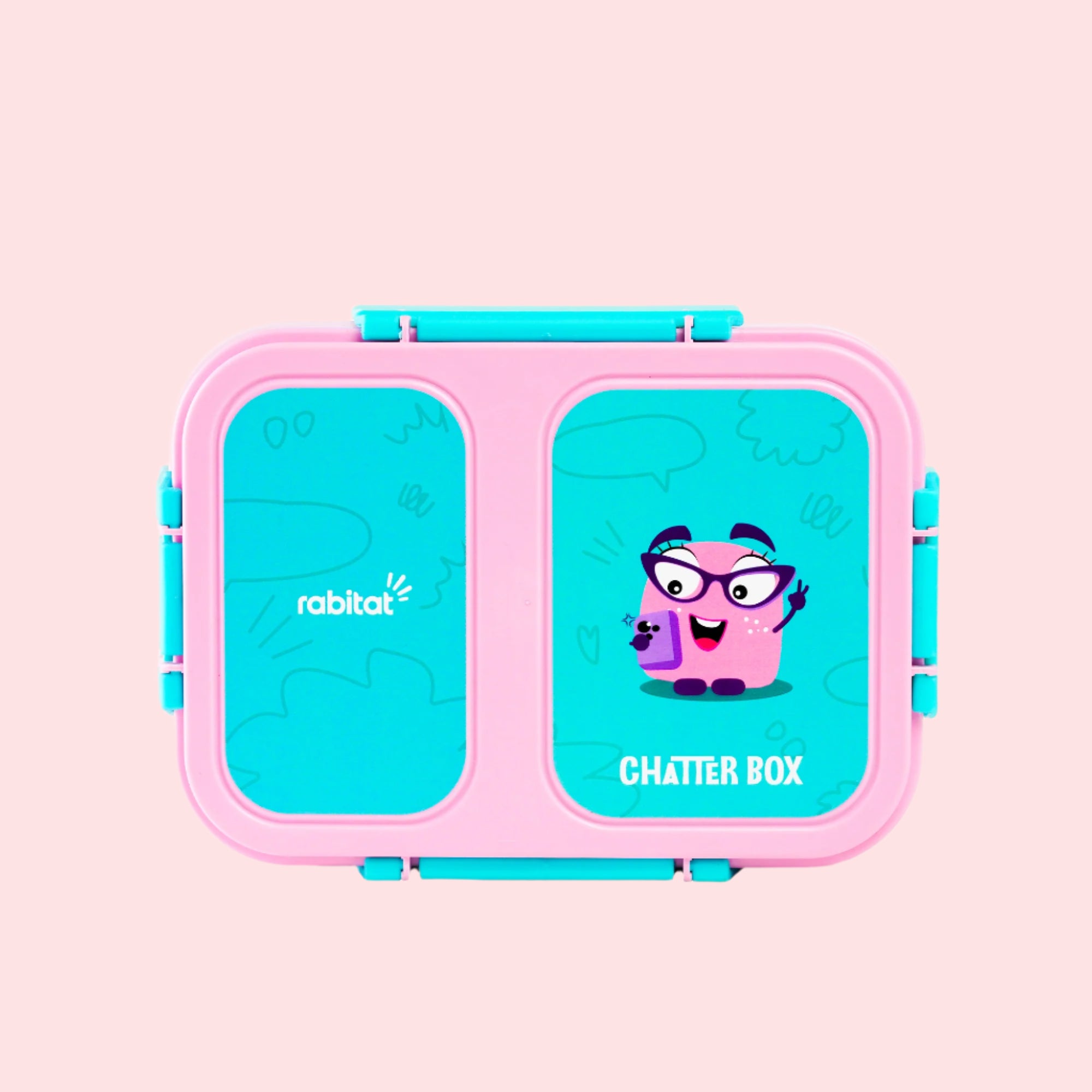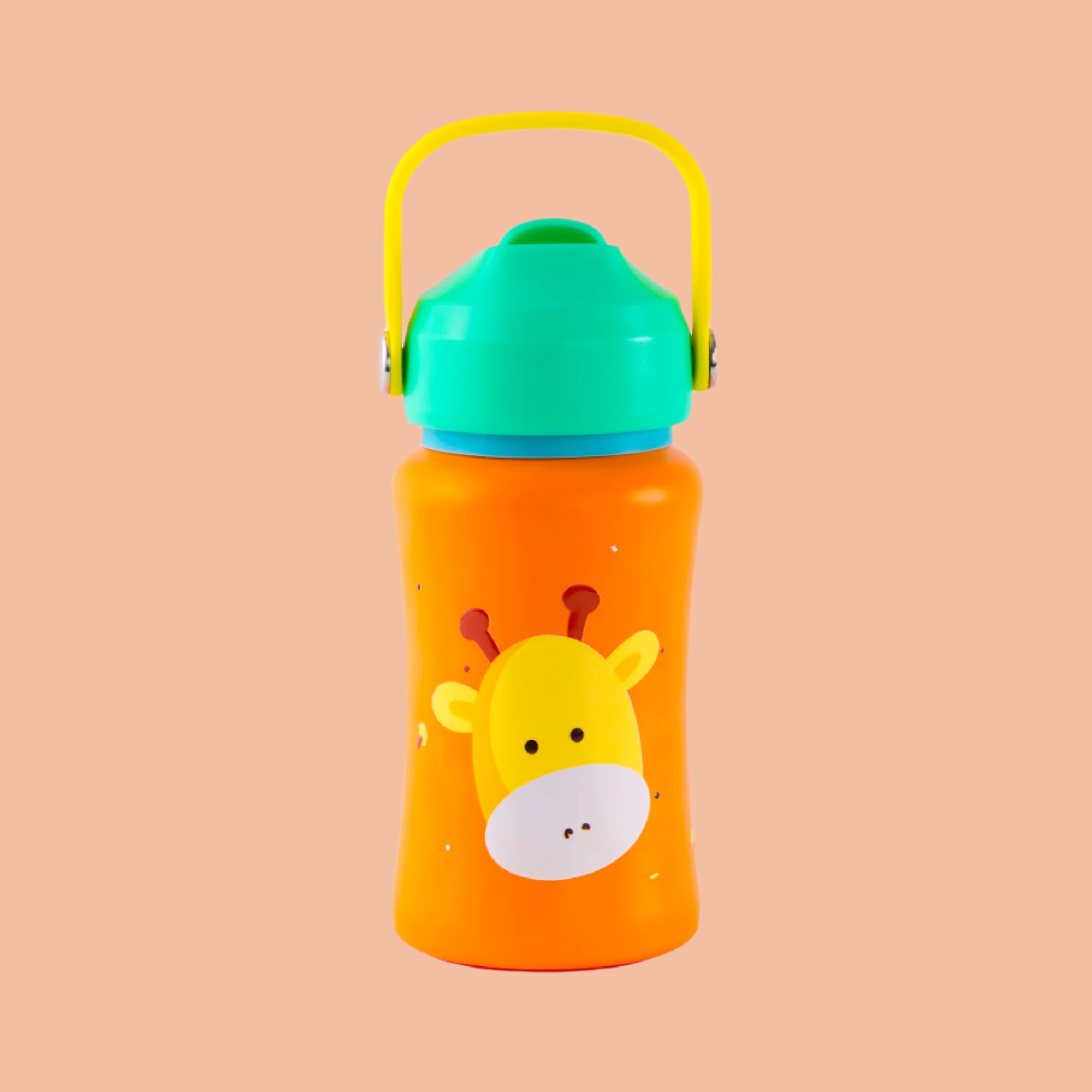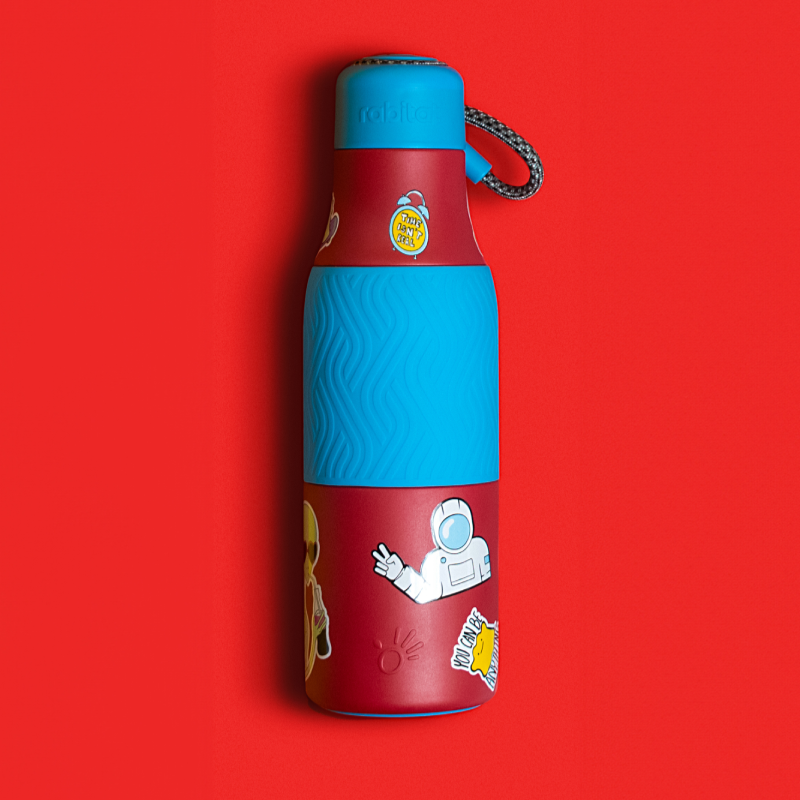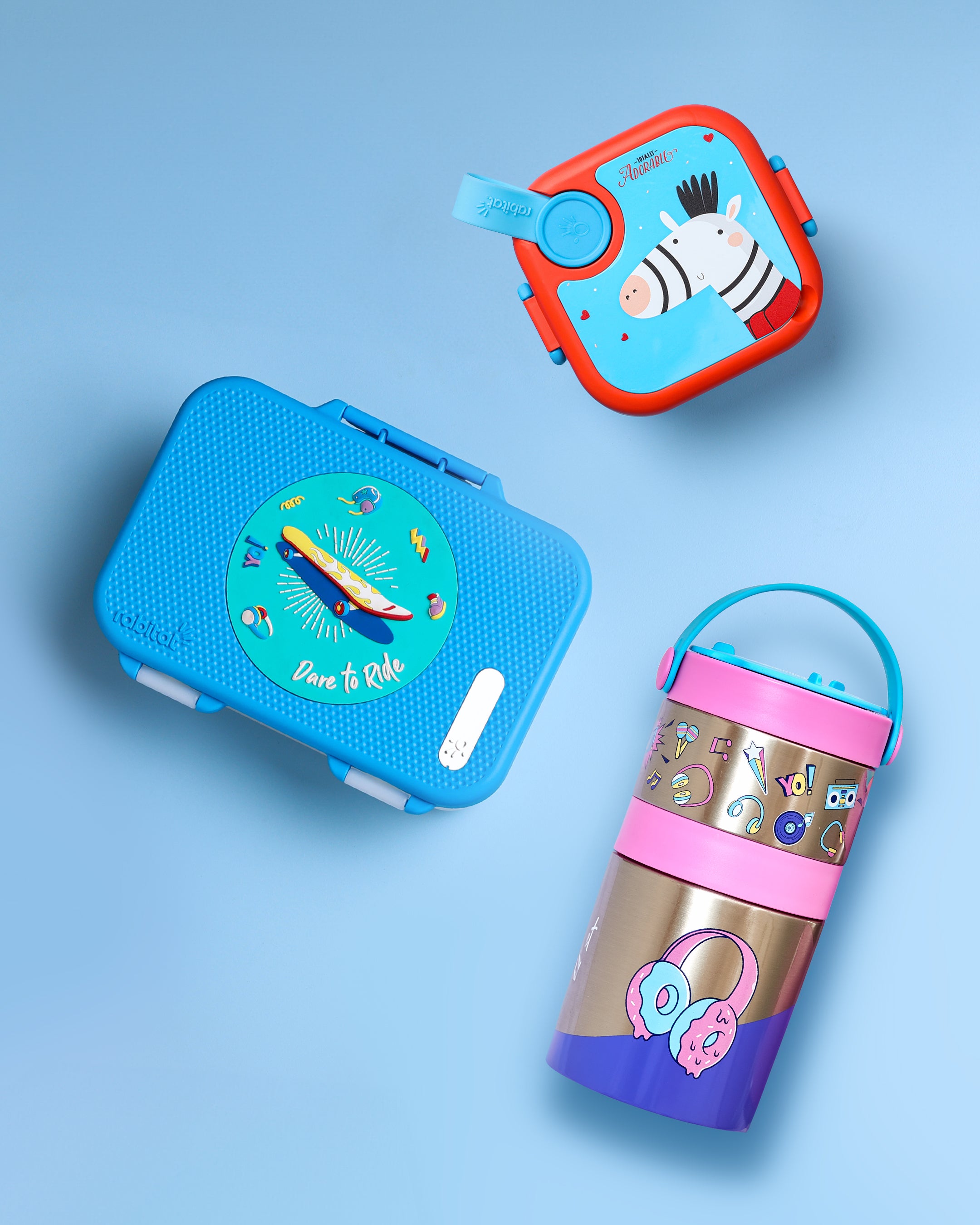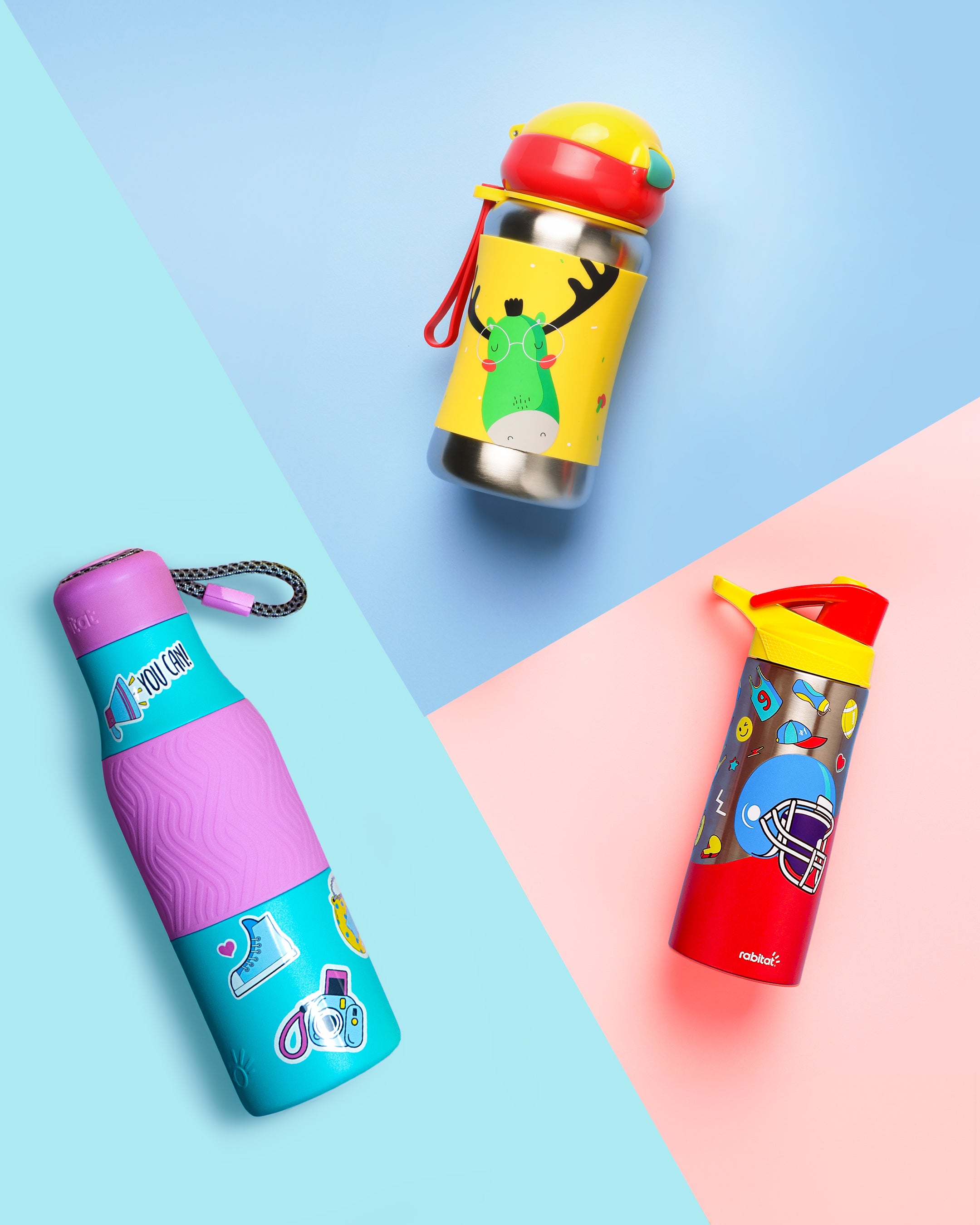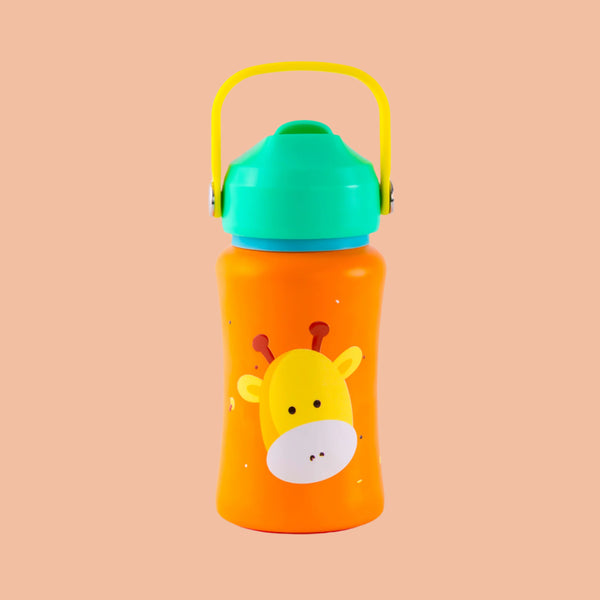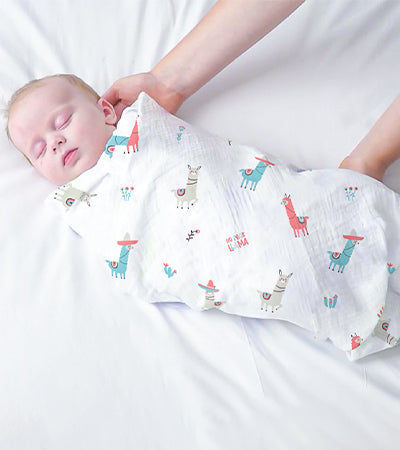Babies don’t come with manuals, but if they did, I am sure the biggest one would be about bathing them. It is one of those many areas that nobody prepares a new mother for. The delicate bodies of babies, along with the inexperience of first-time mothers, is a combination that can give a mild scare to most of us.
During these times of coronavirus, most mothers are raising their babies without any help. In this situation, the idea of bathing babies can give sleepless nights to the already sleep-deprived mothers.
I have rounded up everything you should know about the bathing your little ones and tried my best to answer the questions that tend to rattle the minds of new parents.
Do you need to bathe your baby daily?
Babies don’t get dirty, and it is perfectly alright if you don’t want to give a bath daily. Perhaps, it is too cold in your city right now, or you are too tired from looking after your baby continuously. However, the diaper area should be thoroughly washed during every change. If it is not cleaned well or left moist, the baby may develop rashes or infection.
A better alternative is to give a sponge bath to your baby. It is a lot easier and will allow you to get familiar with this process.
Is it necessary to wash the baby’s hair every day?
Most Indian homes follow the ritual of massaging the baby before the bath. Massages relax babies and relieve them of gas and constipation. Moreover, they also help ease any muscle tension and growing pains in the babies.
Massaging the head is an important step in these massages. However, you don’t have to wash the head daily whether you are giving a massage or not. Twice a week is perfectly fine. However, you may want to do it more if the baby has been throwing up after the feeds.
Get your supply ready
Before you bring your baby to the bathing area, make sure you have everything ready. For your easy reference, here is a list of the supply you will need.
- Warm water – Make sure the water is warm and not hot. Babies’ skin is sensitive, and hot or cold water can cause health problems. The best way to test is by dipping your elbow into the water. If the temperature is good for your elbow, it is so for your baby too.
- Mild baby soap – You can use any good quality paediatrician-prescribed soap for your baby. Many mothers prefer baby wash as they are easier to use, and there is no accidental slipping.
- Towel – Your baby should have separate towels, and it will help to invest in a good-quality, soft fabric one. Your baby’s body takes time to adjust to changing temperatures. It is the reason why you should immediately wrap your baby in a hooded towel to avoid chills and cold. For some good quality towels, check out the range of hooded towels rabitat.
- Washcloth – In the initial days, you can be better off by giving a sponge bath to your baby. For this, you can invest in a soft, good-quality washcloth to give sponge baths to your baby.
How to give a bath to the baby
The Indian style of bathing babies is to lay them on outstretched legs and crossed ankles. It comes with practice, and new parents may not be comfortable with it. Besides, it may become difficult for parents suffering from persistent backaches.
If you are not comfortable with it, you can bathe your baby in a sink or a bathtub. For both these scenarios, you will have to take care of a few aspects.
Bathing your baby in a bathtub
- For safety reasons, never fill too much water in the tub. The level should not be more than three inches. If the baby has started sitting, you can raise the water level. Secondly, never leave your baby unattended in the tub.
- Before undressing your baby, fill the tub with warm water. Also, check the water’s temperature to have it right for your baby.
- Immediately place the baby in the water or else she can catch a cold.
- The head of the baby should be above the water level at all times. To ensure this, give her the right support with one hand. It is all the more necessary if the baby is still not holding her head on her own.
- Whether you are using a washcloth or plain water, wash the baby from top to bottom. During the process, keep splashing warm water on the baby to avoid cold.
- If you need to shampoo the baby’s hair, ensure that the water flows backwards and not on the face.
- After you are done, gently lift your baby with both your hands and wrap the baby in the hooded towels rabitat.
- Gently pat the baby dry with soft strokes. Also, ensure that you have dried all the folds as moisture may lead to rashes.
Giving a bath to your baby in the sink
It may come as a surprise to Indian parents but bathing the baby in the sink is a common practice in the West. In fact, it is the easiest in the first few weeks after the baby is born.
If you plan to bathe your baby in the sink, the first step is to clean the sink thoroughly. You can use a mixture of baking soda and lemon to remove tough stains. A sponge sink-insert can be used to provide padding to the baby. You may also want to get a faucet cover to avoid any accidental bumping.
Conclusion
Armed with these details and information, I am sure bathing your baby will become a whole lot easier. Of course, it’s a learning curve and gets better as the baby grows bigger.



